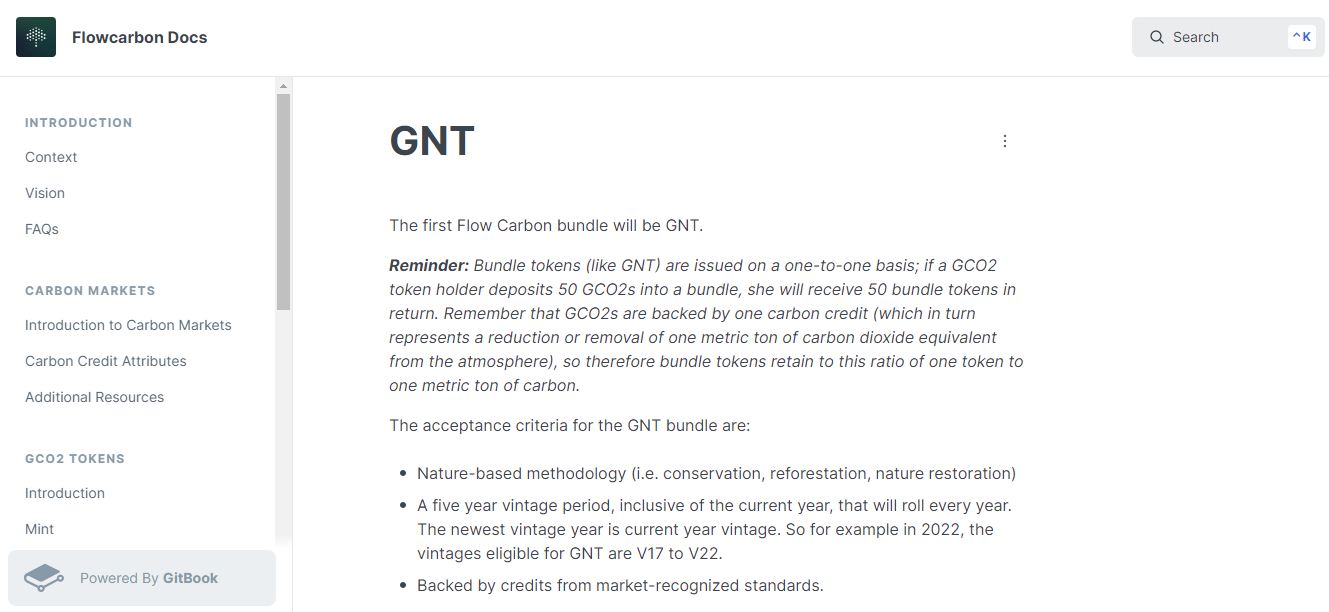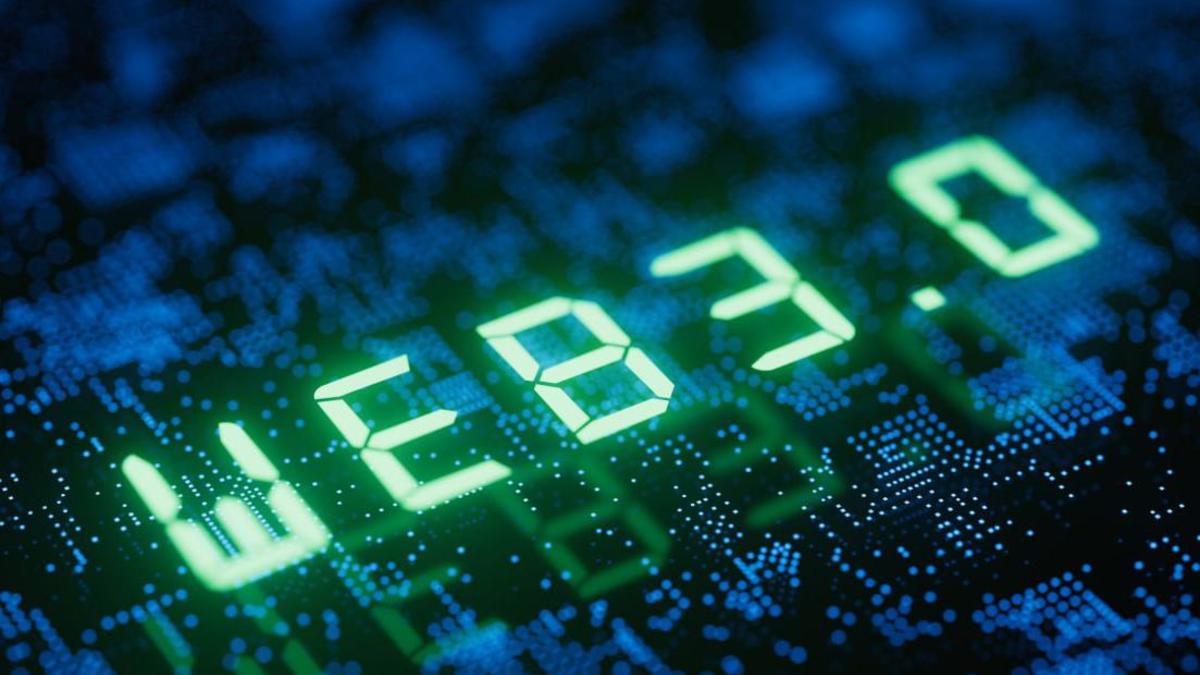Toucan Protocol, based in Zug, Switzerland, is an infrastructure provider that enables tokenization of carbon offsets for use in decentralized finance (DeFi). This service, grounded in Web3 technologies such as blockchain and smart contracts, was designed to streamline trading and expand the potential uses of carbon offsets, enhancing their overall efficiency.
Tokenization Algorithm
The Open Climate Registry, a core component of the Toucan Protocol, is a suite of smart contracts on the Polygon and Celo networks. The process of transferring to the Open Climate Registry (tokenization) unfolds as follows:
- Users generate a BatchNFT (ERC721 token) containing a unique identifier-link to the Toucan Protocol.
- Users or trusted associates retire carbon offsets within the traditional registry, marking the BatchNFT identifier-link in the “retirement notes” column. They then obtain and copy the transaction’s serial number from the registry.
- Users update the BatchNFT with details of the carbon offset retirement transaction’s serial number. The Toucan Verifier reviews the retirement information in the traditional registry. If everything checks out, the BatchNFT’s status transitions to “Approved.” Consequently, it becomes possible to sell NFT tokens on marketplaces or use them as collateral in DeFi lending markets.
- Users divide the NFT into fungible ERC-20 tokens (TCO2), each representing the offset (or prevention) of one ton of CO2 emissions. TCO2 tokens preserve all attributes and metadata from the NFT regarding the climate project and carbon offset issuance year.
Requirements for carbon offsets during tokenization via the Toucan protocol include the acceptability of the climate project methodology to the Toucan protocol and a verification (“vintage”) to issuance date gap of less than ten years. Currently, bridging fees are waived.

Carbon Pooling
Given the variety of TCO2 tokens, maintaining their liquidity becomes a challenge. To address this, the Carbon Pools system was developed to group digital assets based on pre-set criteria.

source: https://docs.toucan.earth/toucan/introduction/overview
At the moment, two Carbon Pools exist:
- BCT (Base Carbon Tonne), created by Klima DAO , caters to a wide spectrum of carbon credits from the VCS program issued no earlier than 2008.
- NCT (Nature Carbon Tonne) has stricter criteria, only accepting carbon tokens from nature-climate projects under VCS program starting from 2012.
Users can acquire NCT or BCT by sending TCO2 that meet the relevant criteria to Carbon Pools. NCT or BCT can be redeemed at any point, with two options:
- By default and without fees, a user will receive a TCO2 token from the lowest quality climate project in the Carbon Pool.
- If a user wants to select a specific TCO2 token, a redemption fee is levied, a portion of which is used by the Toucan Protocol to repurchase and burn low-quality carbon units from Carbon Pools. This process is designed to continually enhance the quality composition of carbon offset tokens in the Carbon Pools.
Only TCO2 tokens can be utilized to offset carbon footprints.
The Toucan Protocol: Current Situation.
A total of 21,339,925 carbon offsets have been processed through the Carbon Bridge, with the most recent phase concluding in April 2022. The average vintage year for the carbon offsets is 2012. 7.83% remain as TCO2 tokens. 84.7% are housed in the BCT Carbon Pool, with 7.43% in the NCT. 305,803 tokens have been retired, with an average issuance year of 2009. Data for this article was sourced from the Toucan Protocol panel in KlimaDAO .
BCT and NCT have been extensively used as backing for Klima in KlimaDAO. These tokens can now be purchased on the RegenNetwork and Klima DAO marketplaces..
Presently, the Toucan Protocol has halted its carbon offset tokenization activities due to a prohibition from the VCS Program, the carbon offsets supplier .
As the preeminent tokenizer of carbon tokens, Toucan has showcased both the demand for these tokens and their utility. This has spurred the establishment of tokenization groups by carbon standards. Once definitive rules for the tokenization procedure are formulated, the Toucan Protocol can adopt these and resume its activities, capitalizing on its established infrastructure and reputation.










